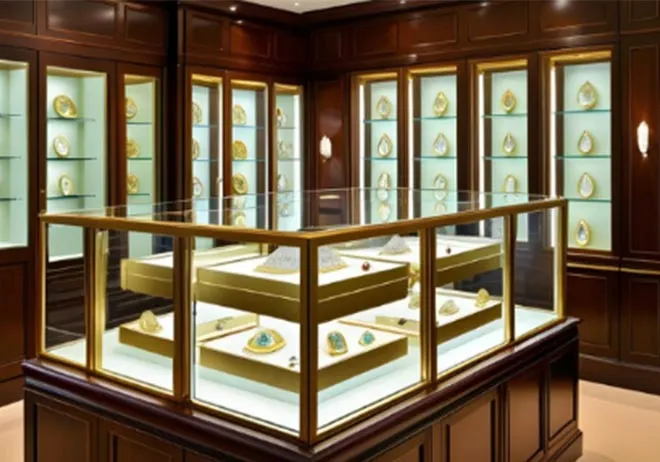12 月 . 03, 2024 15:54 Back to list
Tempered Glass Manufacturing Facility for High-Quality Glass Products and Solutions
The Dynamics of a Tempered Glass Factory
In the modern architectural landscape, tempered glass has emerged as a fundamental material, renowned for its strength, safety, and aesthetic appeal. The tempered glass factory serves as the backbone of this industry, transforming raw materials into high-performance glass products. This article explores the intricate processes, technological advances, and the vital role of quality control within a tempered glass factory.
Understanding Tempered Glass
Tempered glass, also known as toughened glass, is produced through a process of extreme heating and rapid cooling. This method strengthens the glass, making it significantly more durable than standard glass. Its remarkable resistance to impact, thermal stress, and breakage has made it a preferred choice for numerous applications, including car windows, shower doors, glass doors and tables, facades of buildings, and even safety glasses.
The Manufacturing Process
The production of tempered glass involves several key stages
1. Cutting The process begins with the selection of high-quality float glass sheets. Depending on the end product specifications, these sheets are meticulously cut to size. Precision is crucial at this stage to ensure uniformity, as any discrepancies can affect the final product's integrity.
2. Cleaning After cutting, the glass pieces undergo rigorous cleaning to remove any dust, fingerprints, or contaminants that may interfere with the tempering process. This is typically accomplished using specialized machinery equipped with brushes and jets of water, ensuring a pristine surface.
3. Heating The cleaned glass is then subjected to a furnace that heats it to temperatures exceeding 600 degrees Celsius (1,112 degrees Fahrenheit). This heating process is crucial, as it alters the glass's internal structure, preparing it for the subsequent cooling phase.
tempered glass factory

4. Tempering Once heated, the glass is rapidly cooled using high-pressure air jets in a controlled environment. This quick cooling process, known as quenching, creates compressive stresses on the surface of the glass. As a result, tempered glass gains strength, making it up to five times tougher than non-tempered glass.
5. Inspection and Quality Control After the tempering process, each piece of glass undergoes a thorough inspection for visual defects and structural integrity. This stage is critical to ensure that the glass meets industry standards and customer specifications. Advanced technologies, including automated laser scanning systems, are often employed to detect imperfections that may be invisible to the naked eye.
Technological Advances
The tempered glass manufacturing industry has seen significant advancements in technology over recent years. Automation has played a crucial role in increasing efficiency and reducing human error. Robotic systems are now used for cutting and handling glass, minimizing the risk of breakage and enhancing production speed.
Additionally, the integration of computer numerical control (CNC) machines allows for precise cutting and shaping of glass products, enabling manufacturers to produce customized designs with exceptional accuracy. The utilization of energy-efficient furnaces also reflects a growing commitment to sustainability, as factories seek to reduce their carbon footprints while maintaining high-output levels.
The Importance of Safety Standards
Given the potential risks associated with glass breakage, stringent safety standards govern the production processes in tempered glass factories. Manufacturers must comply with guidelines set by organizations such as the American National Standards Institute (ANSI) and the International Organization for Standardization (ISO). These regulations ensure that the glass produced is not only durable but safe for consumers and suitable for its intended applications.
Conclusion
The tempered glass factory represents a synthesis of art, science, and engineering. As demand for glass continues to rise in the construction and automotive industries, the role of these factories becomes increasingly vital. Through rigorous processes, state-of-the-art technology, and unwavering commitment to quality control, tempered glass factories are paving the way for safer and more innovative architectural designs. The evolution of this industry is a testament to human ingenuity and the ongoing quest for better, more resilient materials in our built environment.
-
Wired Glass: A Strong and Secure Glass Solution for Various Applications
NewsNov.04,2024
-
Tinted Glass: A Stylish and Functional Choice for Modern Homes
NewsNov.04,2024
-
The Elegance and Versatility of Silver Mirrors
NewsNov.04,2024
-
The Advantages of Copper Free Mirrors
NewsNov.04,2024
-
Tempered Glass: A Reliable Choice for Modern Applications
NewsNov.04,2024
-
Pattern Glass: Stylish and Functional Glass for Modern Design
NewsNov.04,2024
Related PRODUCTS














